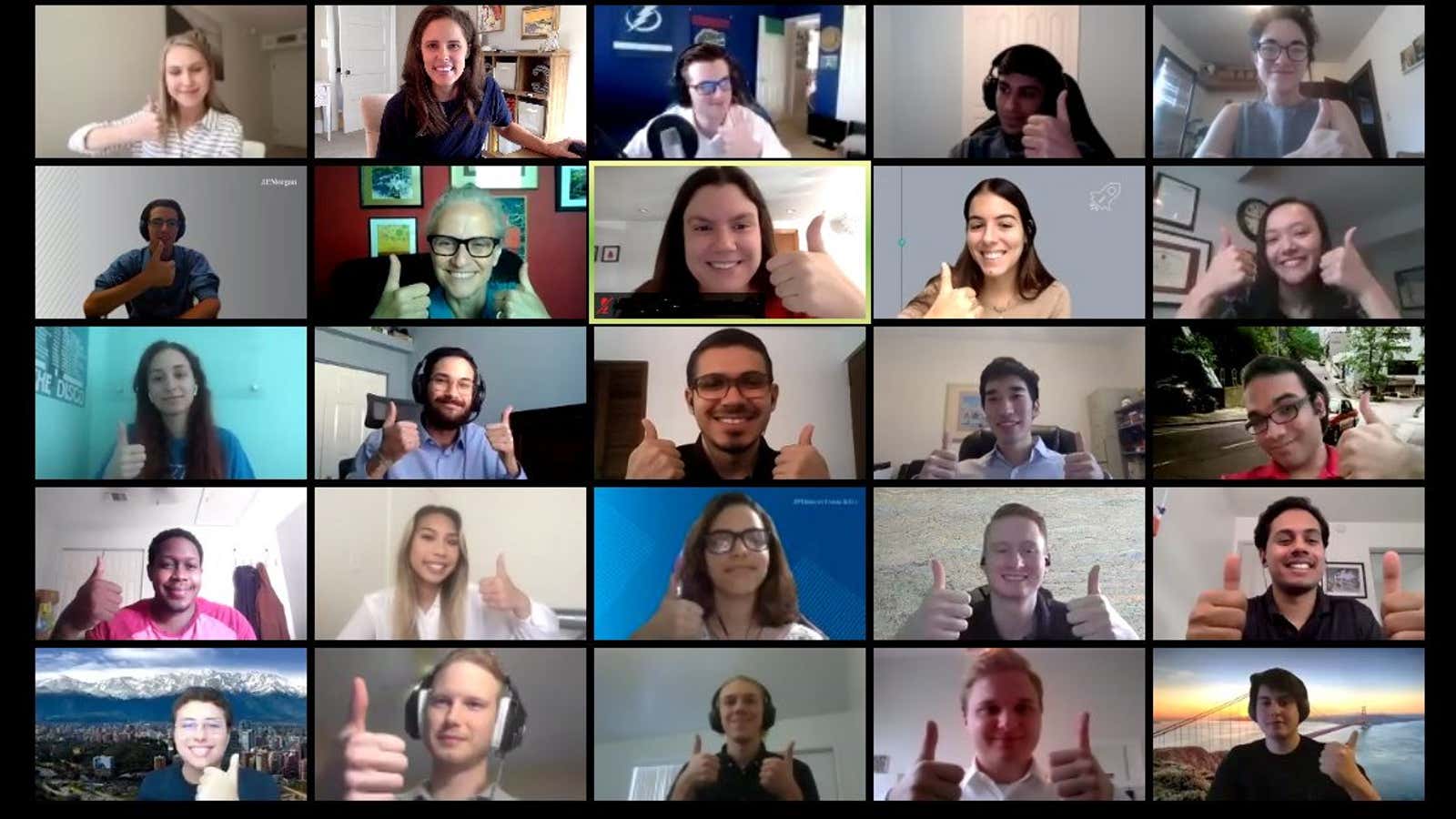The Covid-19 pandemic means that, at least in the short term, living in a big city is not as crucial as it was in the past. With fewer people going into offices, cafes, and other public spaces, the chances to make connections locally are decreasing. At the same time, people are spending more time communicating online, where geography is practically irrelevant.
The changes can be clearly seen in LinkedIn’s connection data. In late 2019, the company started to promote connections between people who actually know each other, rather than with people they found on the Internet. That led to more local matches. But despite the new policy, connections between people in different metro areas started to grow after the pandemic hit the US. By July 2020, about 60% of LinkedIn connections in the US were made with people outside of the user’s metropolitan area. That is up from 57.5% last year, a 2.5 percentage point jump.
The pandemic-induced increase in remote work is spurring a discussion about whether workers will flee big, expensive cities. LinkedIn’s chief economist Karin Kimbrough says her firm’s data reveals a different, but possibly more important story. The rising number of jobs that can be done remotely means small city residents can now apply for positions that would have only been available to people able to move to San Francisco, New York, or Seattle, argues Kimbrough. Many people are rooted in smaller cities for family or cultural reasons, and can’t just leave for a job.
The connections data show that the largest rise in non-local connections has been for people in the 40th to 100th largest metro areas in the country—what LinkedIn calls tertiary cities—which have between 400,000 and 1.5 million people. These include places like Richmond, Virginia, Scranton, Pennsylvania, and Stockton, California. The share of outside connections for smaller cities rose by almost 3% from April to July of 2020 compared to 2019. This was far above the national average.
There was a 180% increase in remote job postings on LinkedIn from March to May, and a 130% increase in applications. Kimbrough believes much of the increase in non-local connections is from matches between workers looking for remote jobs and people at the headquarters of the companies that are offering them. Positions that allow for remote work remain a very small share overall, so even with a significant growth in remote job applications, it only led to a relatively small increase in non-local connections.
Still, it’s a sign things are changing. “We are seeing the democratization of opportunity,” she explained. “You may not be in Silicon Valley, but you are now a viable candidate for a job there.”
